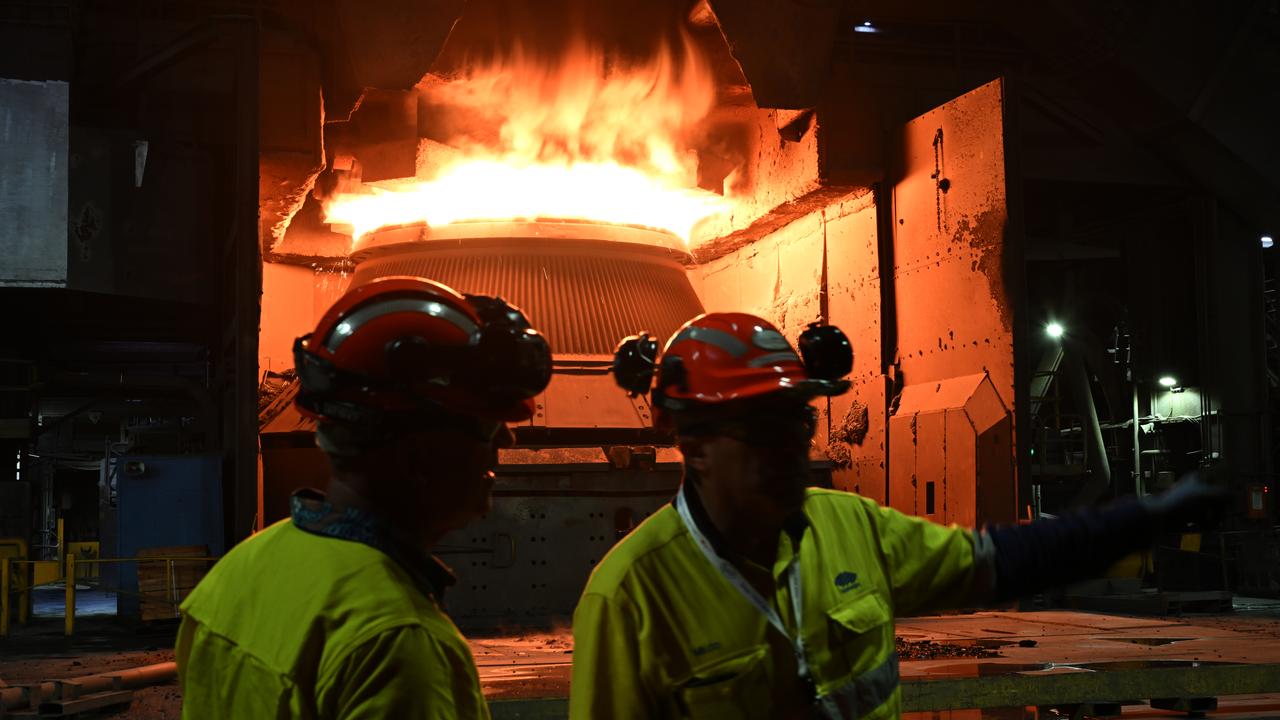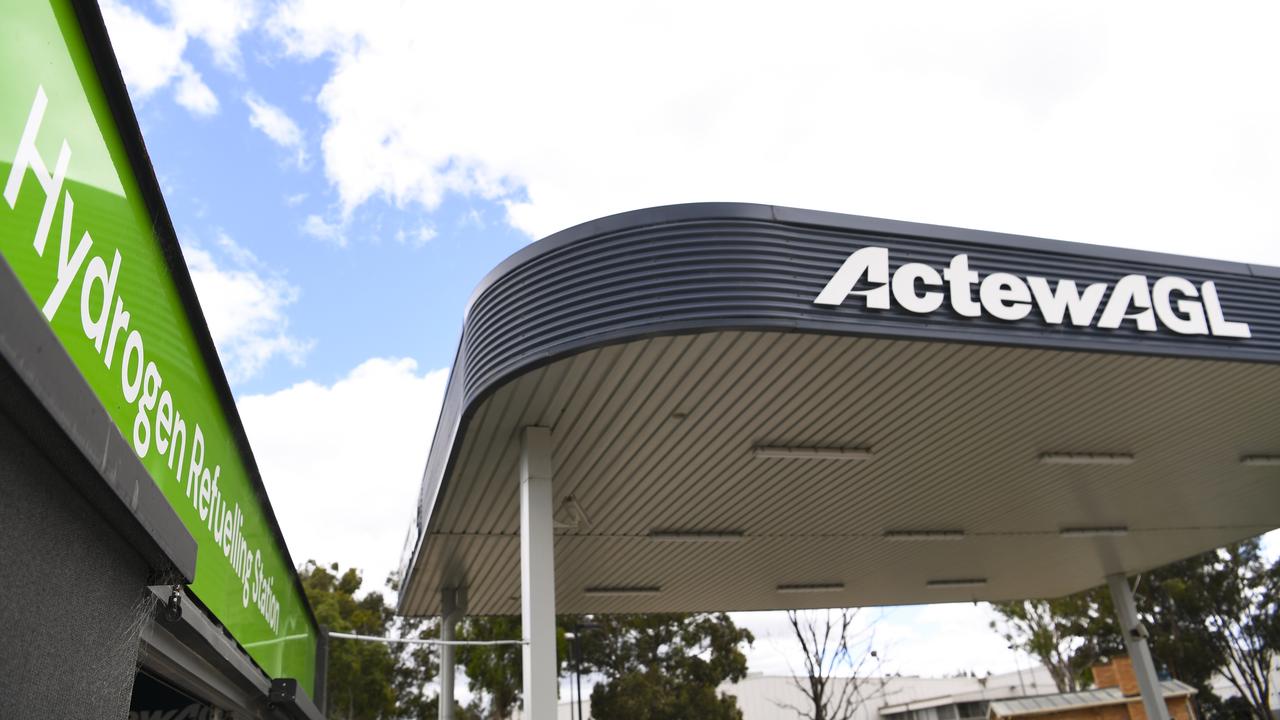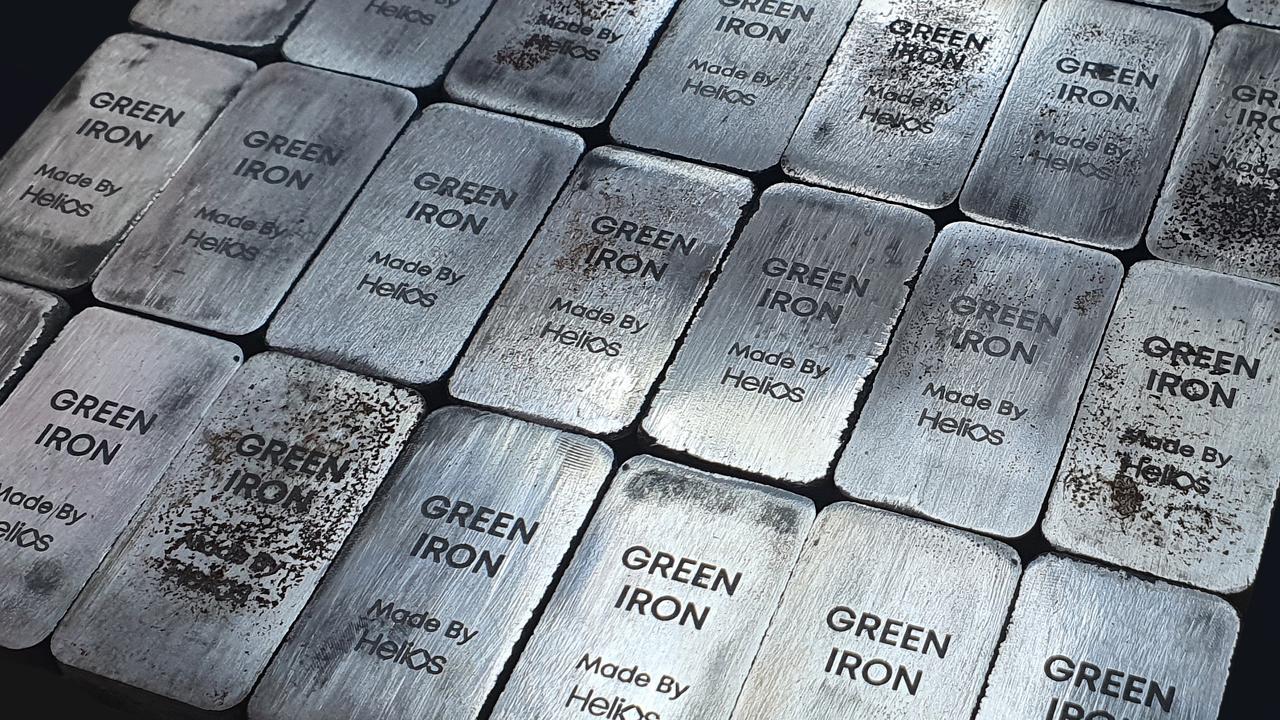Investors call it “the valley of death”: the decade-long stretch in which a budding technology struggles to become profitable.
For green hydrogen, the valley is looming large after two energy giants withdrew support for multibillion-dollar Australian projects within one month.
Following the announcements, a $14 billion plant will no longer be built in Gladstone, Queensland and a $55 billion proposal for Western Australia’s Pilbara region is in doubt.
But while the global green hydrogen hype is starting to deflate, climate, energy and finance experts say there are still plenty of reasons to pursue production of the zero-emission fuel in Australia.

The investment pause may also give the industry time to reconsider uses for carbon-free hydrogen, they say, letting firms ditch the dream of a hydrogen car market and energy exports in favour of more promising pursuits such as green iron.
Green hydrogen, named for its zero-emission properties, has been pursued strongly in Australia since the release of the National Hydrogen Strategy in 2019.
The fuel is created using an electrolyser, powered by renewable energy, that splits water into hydrogen and oxygen.
It has been called the “Swiss Army knife of decarbonisation” due to its potential to cut emissions in fields such as transport, metal production, fertilisers and electricity.
But producing, transporting and selling green hydrogen is not proving as quick or as profitable as some pundits anticipated.

In addition to the two recent green hydrogen project withdrawals, Climate Energy Finance director Tim Buckley says many plans have been redrawn and erased around the world.
“Australia is not alone – this is a global trend and we have seen the global hydrogen hype dissipate dramatically,” he says.
“We’ve had a series of hydrogen proposals shut down, cancelled or withdrawn over the last six to 12 months.”
Even strong proponents of green hydrogen, such as Germany, have reduced support for the zero-emission fuel, he says, as it has proven expensive to produce without access to large-scale, cheap, renewable energy and an international carbon price.
Green hydrogen is also proving challenging to transport, defying predictions it could be shipped internationally to decarbonise energy production in neighbouring countries.

Investing in green hydrogen is like investing in internet companies during the 1990s, Mr Buckley says: risky even though it could pay off in 10 years.
“We’re going now across the valley of death and it’s usually a decade-long journey before you come out the other side and realise there was a lot of substance in what was being said.
“We were just deluded and over-hyped about how quickly it would happen,” he says.
Australia has several small green hydrogen plants in operation and the federal government has issued two grants to larger facilities through its Hydrogen Headstart program.
The Murchison Green Hydrogen Project in Western Australia received an $814 million grant in March, followed by a $432 million grant for Orica’s Hunter Valley Hydrogen Hub this month.
Despite withdrawing from its proposed hydrogen plant in Gladstone and another in the US, Fortescue chief executive Dino Otranto says the energy giant remains optimistic about the future of the fuel.

Producing large amounts of green hydrogen for export “presents real challenges,” he says, but Fortescue will use the fuel to produce green metals at its Pilbara plant.
“Our belief in the long-term role of green hydrogen hasn’t changed but we acknowledge the market for green hydrogen as an export energy has shifted,” he tells AAP.
“In the near term, our focus is on where hydrogen has a clear and immediate role – producing green iron.”
Green iron has the potential to cut 90 per cent of emissions produced in the steelmaking process by using hydrogen and energy from renewable sources rather than coal or gas.
Australia could become a leading supplier of green iron as the world’s biggest iron ore exporter, according to analysis from The Superpower Institute, and could generate as much as $386 billion a year from the metal by 2060.

Changing the focus on green hydrogen from an export material to fuel for domestic use is vital, says Institute for Energy Economics and Financial Analysis global steel lead analyst Simon Nicholas, and could secure its future.
“The silver lining to a lot of these projects failing, I hope, is that there’s going to be a refocusing on what we need to use green hydrogen for and we’ll end up needing an awful lot less than we thought we did a few years ago,” he says.
“It should be used domestically in the place that it’s produced and it should be focused on a much narrower range of uses.”
Hydrogen-powered cars have been outpaced by electric models, he says, and using the fuel to power long-haul trucks or heat homes seems unlikely.
Using green hydrogen to produce cleaner iron and steel, ammonia, fertiliser, explosives and other chemicals could give it a greater chance of success, however, and give Australia more export opportunities.
“It’s going to be very important because competition overseas is there and growing,” Mr Nicholas says.




